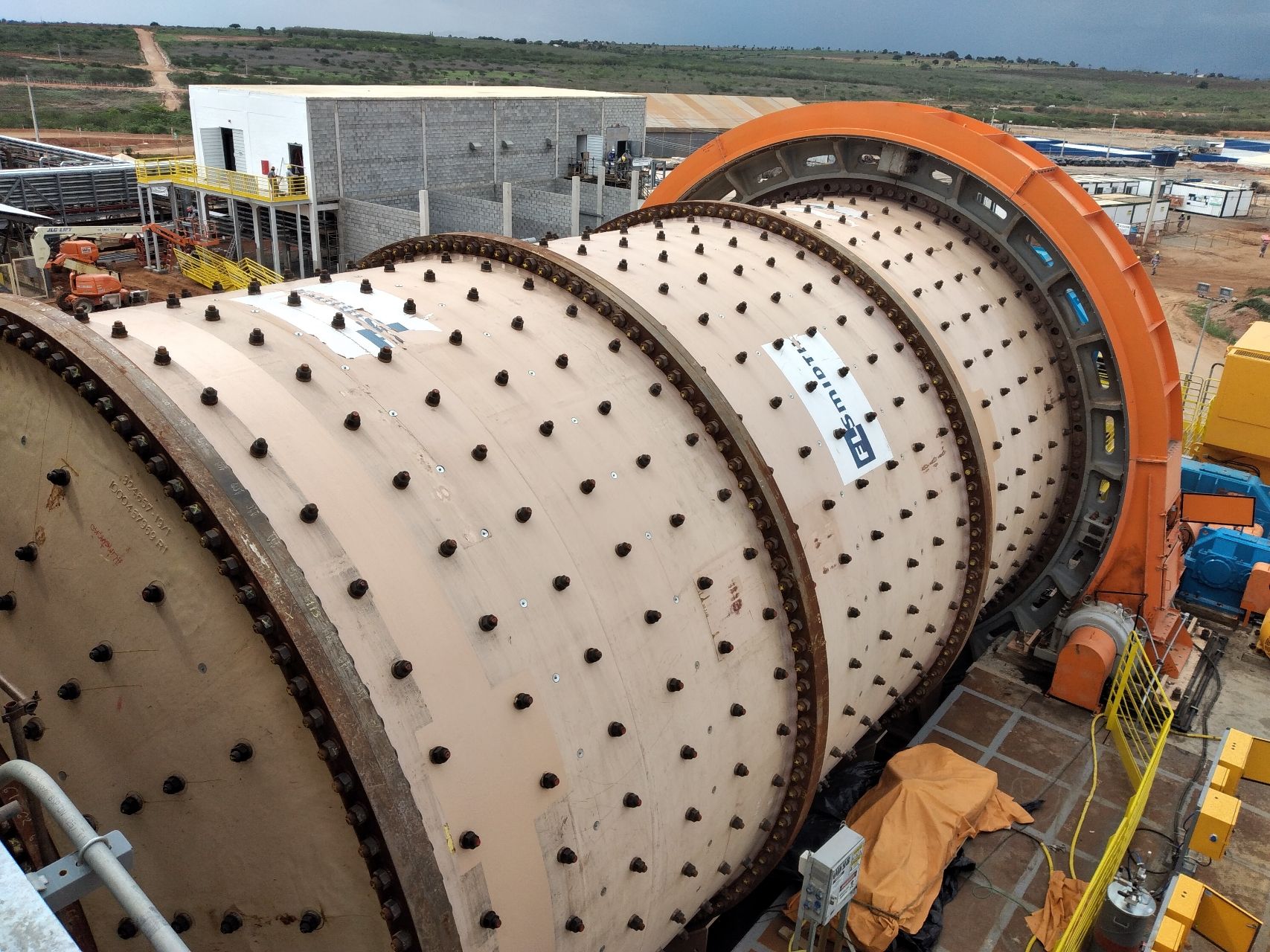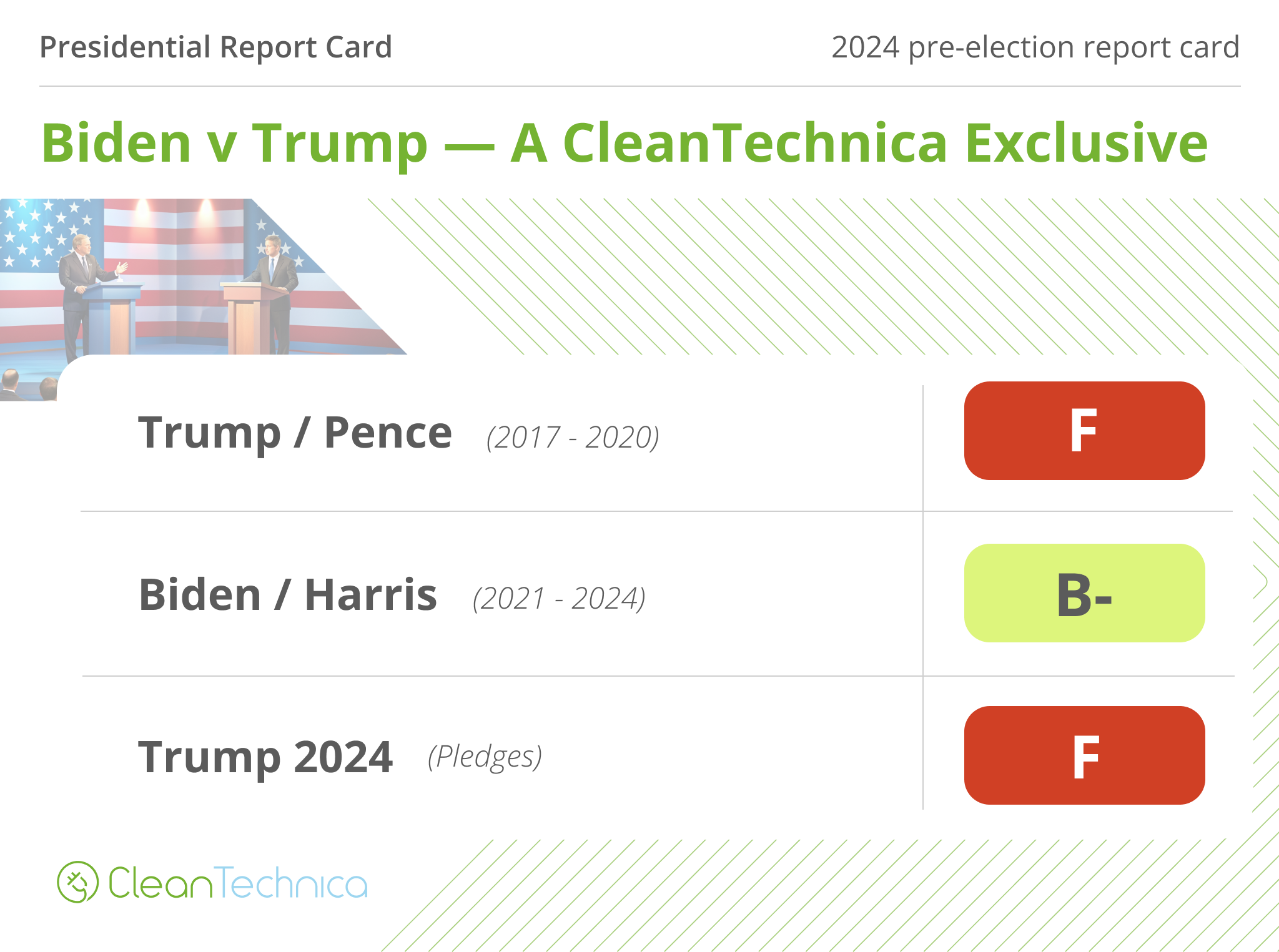Sign up for daily news updates from CleanTechnica on email. Or follow us on Google News!
Lightweight, flexible, inexpensive thin film solar cells have been on the market for years, but they have been relatively invisible here in the US. That could be about to change. The startup Solivus has just vaulted into the limelight, having signed onto a three-year supply contract with the global oil and gas firm bp. Take a wild guess on what that could mean in the US, where bp has somehow carved itself a name in the field of agrivoltaics.
Thin Film Solar Cells Hit The Big Leagues
In honor of National Women’s History Month, let’s note that Solivus was founded and is CEO’d by the serial entrepreneur Jo Parker-Smith. Under her leadership the company has compiled a solid portfolio of projects since launching in 2016, though it has not come across the CleanTechnica radar before now.
Solivus reached out to CleanTechnica by email with a heads-up about the hookup between its thin film solar technology and bp. We’ll chase down a link for you later today. In the meantime, let’s take a look at that email.
Solivus notes that it battled its way through a competitive bid process to win the three-year contract, which covers “engineering, procurement, construction, and installation of PV Solar Systems for bp and its customers.”
If you’re wondering how bp is going to slot thin film into its sprawling business, that’s a good question. The answer most likely has something to with the leading solar global developer Lightsource bp, the 50-50 solar joint venture bp acquired just a few years ago, in 2017.
Here in the US, Lightsource has been deploying two emerging fields, agrivoltaics and regenerative agriculture, to gain a foothold in states that have been have lagging behind on solar development, such as Louisiana, among others. Lightsource has also been leveraging solar arrays for habitat restoration projects.
Last November, bp announced that it will take full ownership of the company, with the aim of “enabling Lightsource bp’s continuing growth and high performance” (see our complete Lightsource archive here).
What Is bp Going To Do With All That Thin Film Solar?
That’s another good question. In the email, Solivus cites Irene Quero, bp’s Vice President for Customer Integration, who emphasized that bp is “committed to meeting customer demands.” That could include the demand for more sustainable solar technology. Aside from the benefits of light weight, flexibility, and low cost, thin film solar cells can be fabricated with nontoxic materials.
Quero additionally notes that bp will explore opportunities to integrate the technology into its own operations. It remains to be seen if Solivus’s sculptural “Arc” freestanding solar array (pictured above) is part of the plan, so stay tuned for more on that.
Parker-Swift already seems to have some ideas about putting thin film solar to use. “Solivus have grown a significant client list, including airports and sports stadiums, who are eager to find renewable energy solutions,” she said, adding that “bp have the contacts and the influence to rapidly expand this portfolio and support us on our mission to help decarbonise the built environment.”
Let’s Look Under The Thin Film Solar Hood
Solivus notes that it is always on the lookout for new thin film solar technology, and for now it has apparently settled on the German firm Heliatek. CleanTechnica has been following the company and its organic thin film solar cells through the years, including the potential to add a photovoltaic twist to electric vehicles.
The “organic” in organic thin film solar cells does not stand for granola. It stands for converting sunlight to electricity by deploying organic chemistry systems.
Heliatek makes a good case for its organic thin film solar cells compared to non-organic versions. “Inorganic materials often contain of toxic substances, are increasingly subject to scarcity concerns, and in general are very hard to dispose of in an environmentally friendly way,” they note.
“On the other hand, organic materials and in particular the ones that Heliatek has invented, are not toxic, comprise of extremely abundant naturally occurring elements, and are very easy to dispose at the end-of-life in an environmentally friendly way,” they add.
That sounds simple enough, but the devil is in the details. “The materials of the organic solar stack developed by Heliatek are particularly innovative and are protected by Heliatek’s comprehensive IP portfolio,” the company explains. “The organic stack in our solar films consists of many individual layers but has a total thickness of only less than a thousandth of a millimeter.”
Who Needs Record-Breaking Solar Conversion Efficiency?
As for the question of solar conversion efficiency, much attention has been paid to the latest breakage of solar conversion records, and rightfully so. Improvements in solar conversion efficiency can help improve the prospects for solar power to compete with fossil energy on cost.
The main issue is not one of efficiency. The application is the main event. Application priority is beginning to emerge in other areas as well. For example, last fall CleanTechnica heard from experts in the field of marine energy who emphasized that electricity users in remote locations are becoming more focused getting on access to renewable energy, with the comparative cost of energy being a lesser factor.
In the field of thin film, the explosive potential for widespread application is the game changer.
Heliatek emphasizes that thin film solar technology can be applied in places where conventional, rigid solar panels are difficult if not impossible to apply, including the outer walls of buildings as well as all sorts of curved surfaces.
The company also notes that thin film solar can find its way onto buildings where local codes prohibit conventional solar panels. Due to its light weight, thin film solar can also be retrofitted onto rooftops that were not designed to support the racking systems required of conventional solar panels.
 Chip in a few dollars a month to help support independent cleantech coverage that helps to accelerate the cleantech revolution!
Chip in a few dollars a month to help support independent cleantech coverage that helps to accelerate the cleantech revolution!
Thin Film Solar To Haters: Nyah, You Missed Me
CleanTechnica is among those taking note of an accelerating movement to block utility-scale solar development in the US. Nevertheless, the field of small scale, distributed solar energy systems is still wide open, and the Solivus model fits right into that picture.
In that regard, it’s particularly interesting to note Heliatek’s focus on thin film solar retrofits for buildings. The company notes that its plug-and-play HeliaSol thin film can be deployed as a rooftop or facade retrofit, without the subsurface disruptions required of conventional solar arrays. “Elaborate substructures that penetrate the roof or rear ventilation for cooling are not required,” the company emphasizes.
If you’re thinking that “invisible” solar windows for buildings are also on the menu, that’s a good guess. Heliatek already offers a glass-integrated solar film product, and the company anticipates further improvements in transparency on the horizon.
Follow me @tinamcasey on Bluesky, Threads, Post, and LinkedIn.
Image (cropped): This eye-catching standalone solar array from the UK startup Solivus deploys thin film solar technology for light weight, flexibility, and low cost (courtesy of Solivus).
Have a tip for CleanTechnica? Want to advertise? Want to suggest a guest for our CleanTech Talk podcast? Contact us here.
Latest CleanTechnica TV Video
CleanTechnica uses affiliate links. See our policy here.





